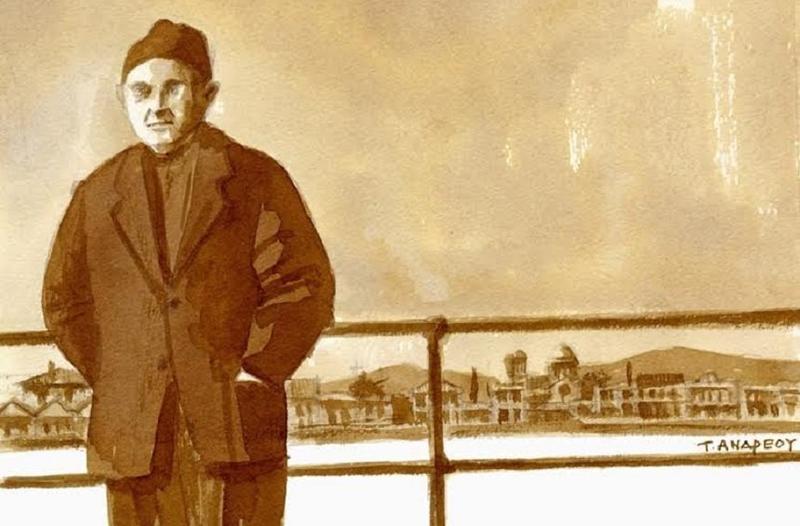
Nikos Kavadias, the poet of the ship's bow and the countless ports, is the poet who loved the land and wanted to teach us how to live it better. This is the view of the academic and scientific director of the Limassol Historical Archives, Mimis Sofokleous, who studied Kavvadias for over 20 years, following his footsteps from Melbourne to Limassol, the 2 ports where he spent his life, too.
The book "Melbourne and Limassol: 2 ports of Nicos Kavvadia", the result of years and years of research by Mimis Sofokleous, is launched on March 9th 2017, at the CUT. Through laborious and persistent search of documents, photographs, correspondence and live memories of the coming and going in Limassol for the decade 1964 - 1974, the special relationship Nikos Kavadias had with the city and its people is revealed. "Kavadias would enter the harbor in Limassol almost every 15 days for about 10 years," Mimis Sofokleous explains.
"At the stations of the route of 2 Greek ships, Apollonia and Aquarius, which traveled the itinerary between Rhodes, Beirut, Limassol and sometimes Haifa, he made frequent visits to the city's cafes and hangouts," says the author of the book. As shown by the research, Kavvadias maintained an important social circle in Limassol, elite people and more simple, artists, intellectuals and others. Among the letters, his correspondence with the daughter of a good family, Marlen Pitta, is also found, who was among the many acquaintances.
Between Melbourne and Limassol, Mimis Sofokleous has identified the "Worldwide city" of Kavvadias, a utopic place, open to all the different people he had met in all different cultures. "So teach me to walk on earth the right way" says the poet's verse that Sofocleous remembers most vividly. And perhaps this book is the way to see the world and Limassol in it, the right way.
The book launch will take on 9/3 at 6:45 pm, in the CUT at Tassos Papadopoulos building. The sketch on the book cover is created by the architect Tasos Andreou.
